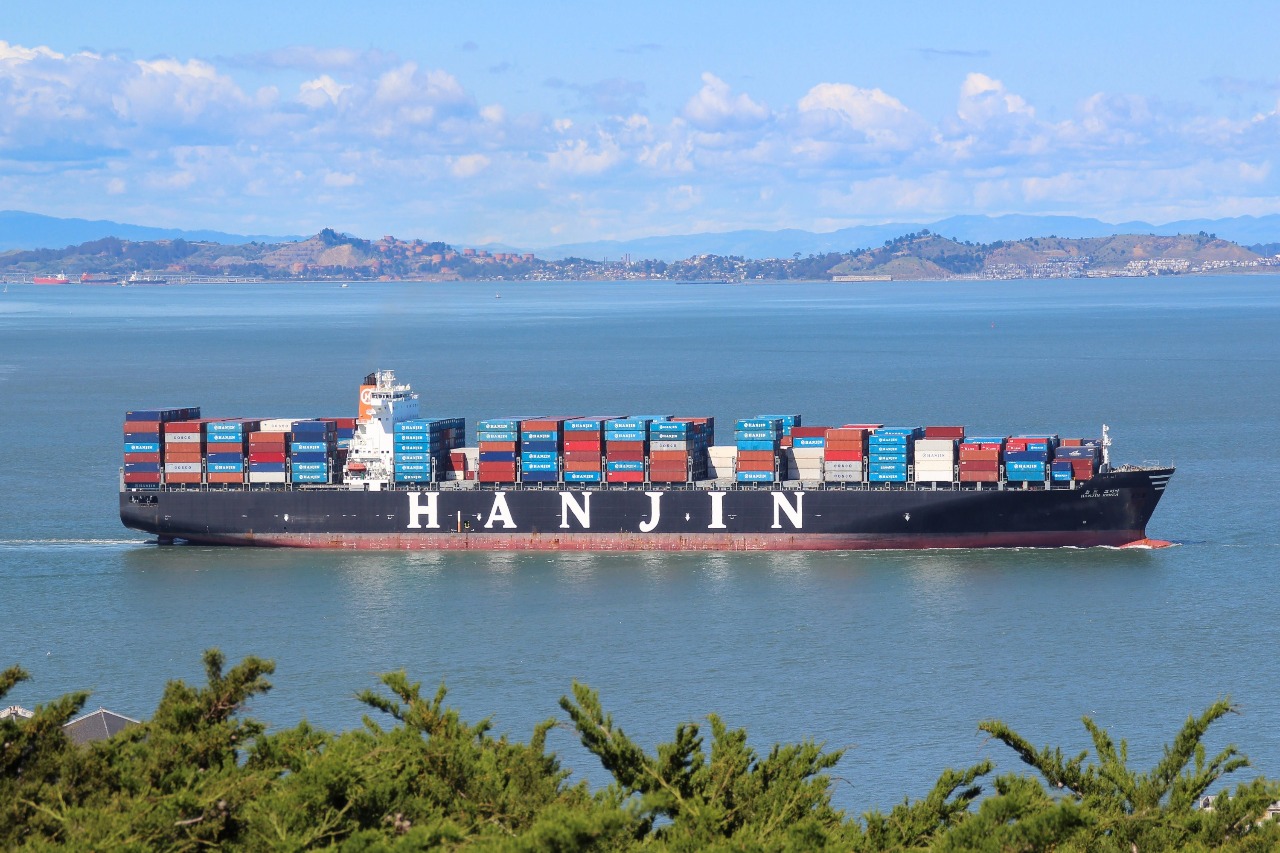The ocean freight sector has undergone a radical transformation over the last 18 months, leaving many companies confused about how to optimize their shipping operations.
When South Korean shipping giant Hanjin filed for bankruptcy in late August 2016, The Guardian noted that it created “a ripple effect throughout the global supply chain that cause[d] significant harm to both consumers and the U.S. economy.” Other transpacific shipping companies scrambled to pick up the slack, but this didn’t prevent the cost of shipping a 40-foot container from China to the States from increasing by 50% in a single day.
While it later led to an uptick in business, the chaos created by Hanjin’s collapse forced the world’s major shipping companies to reconsider their organizational structures — both internal and external. Most notably, a number of shipping leaders agreed to form “ocean shipping alliances” with the aim of improving capacity and route management and, ultimately, preventing another Hanjin-level disruption to the global ocean freight industry.
The Rise of the “Big Three”
In early 2017, three major ocean shipping alliances began to emerge — 2M Alliance Partners, Ocean Alliance, and THE Alliance — collectively accounting for over three-fourths of global container capacity. Carrier alliances aren’t new, but until this recent market-wide realignment, they had primarily been restricted to slot charter and vessel-sharing agreements.
These stronger, better coordinated alliances have worked to overcome the challenges introduced into ocean freight by Maersk, which announced in 2014 a plan to invest a remarkable $15 billion over five years in higher-capacity ships. This increased capacity enabled Maersk to lower per-container operating costs, which in turn allowed it to reduce its shipping rates.
In order to remain competitive, other major carriers followed suit with similar investments, resulting in a significant market-wide excess of capacity. A number of shipping companies — Hanjin foremost among them — found themselves struggling to find enough freight to consistently fill their ships, and post-recession profits began to dwindle.
After Hanjin’s collapse, ocean shipping alliances became the easiest way for shipping companies to increase operational efficiency and ensure long-term profitability. For example, as ships became larger and their capacity grew, port congestion became an increasingly insurmountable problem. It takes far longer to unload a 22,000-TEU vessel at port than it does to unload a more modestly-sized ship, and once all the cargo is on land, access to a chassis is not guaranteed.
By coordinating their operations on such a wide scale, members of an ocean shipping alliance can optimize the number of vessels they collectively direct toward various ports, assign specific routes to the carriers that have the most expertise in the region, and ensure that no ship — no matter how large — has to wait for a max-capacity load. These alliances also simplify long-term planning, enabling each member to consult alliance-wide demand forecasts and invest only in the capacity they know they will need.
Adapting to the New Normal
Ocean shipping alliances are clearly beneficial for vessel owners and operators, but for the companies that use alliance-member ships to transport their goods, there are some practices to follow in order to avoid the pitfalls of today’s ocean freight markets.
First and foremost, it’s important to keep your options open. Negotiating rates and space allocations is far more difficult when all of your business is handled by a single shipping company or even a single alliance, so it’s wise to spread your operations as evenly as possible among the three major alliances.
Companies should especially look out for dedicated space allocations, especially if they have high-priority shipments. Not unlike commercial airlines, shipping companies frequently overbook their ships in order to ensure a full load for every single trip. If too many companies go through with their shipments, the carrier will have to bump lower-priority cargo, adding as much as a week to shipping timelines. The only way to avoid this is to negotiate a dedicated space allocation, effectively guaranteeing that you’ll keep the space you paid for on the ship you chose, no matter what.
Companies also need to determine how much carrier “switching” they are willing to tolerate. In order to service all ports of call as efficiently as possible, shipping alliances will often rotate which member handles which routes. If a company has a strong preference for a particular carrier, this preference must be explicitly stated in the contract from the outset.
Leveraging Partner Expertise
Navigating this complex landscape can be overwhelming, but fortunately, smaller companies can leave things in the hands of an expert partner. An experienced shipping and logistics provider like Primary Freight knows how to manage costs, meet cargo requirements, and guide strategic decision-making throughout the entire shipping process.
Our expansive portfolio of ocean freight services helps connect companies to virtually any international market and removes much of the stress of interfacing with huge ocean shipping alliances. Ocean freight isn’t going anywhere anytime soon, but as the contours of the industry continue to change, a partner like Primary Freight is truly invaluable.
If you’d like to learn more about what makes Primary Freight an ideal shipping and logistics partner, give us a call at (800) 635-0013 today.
